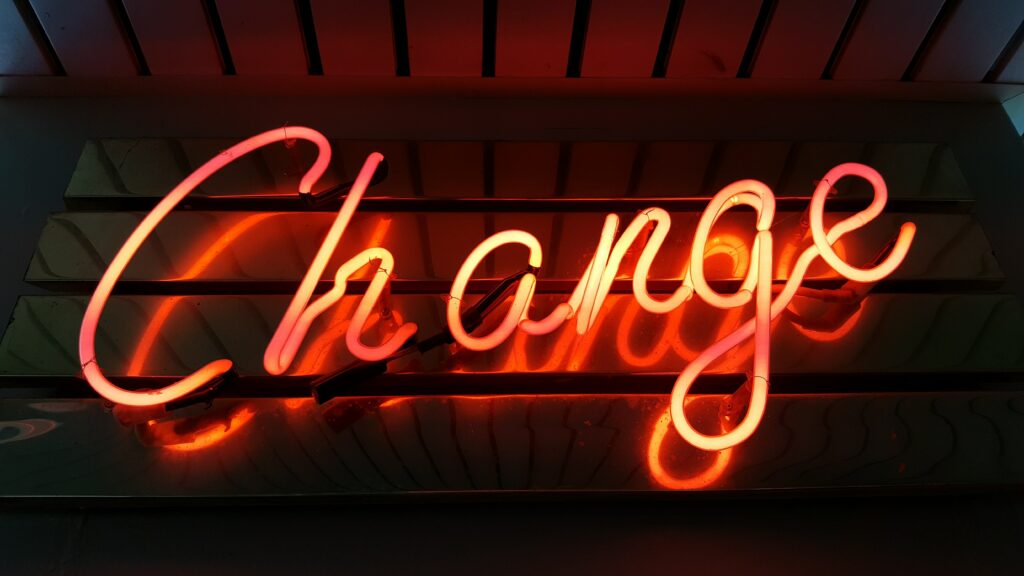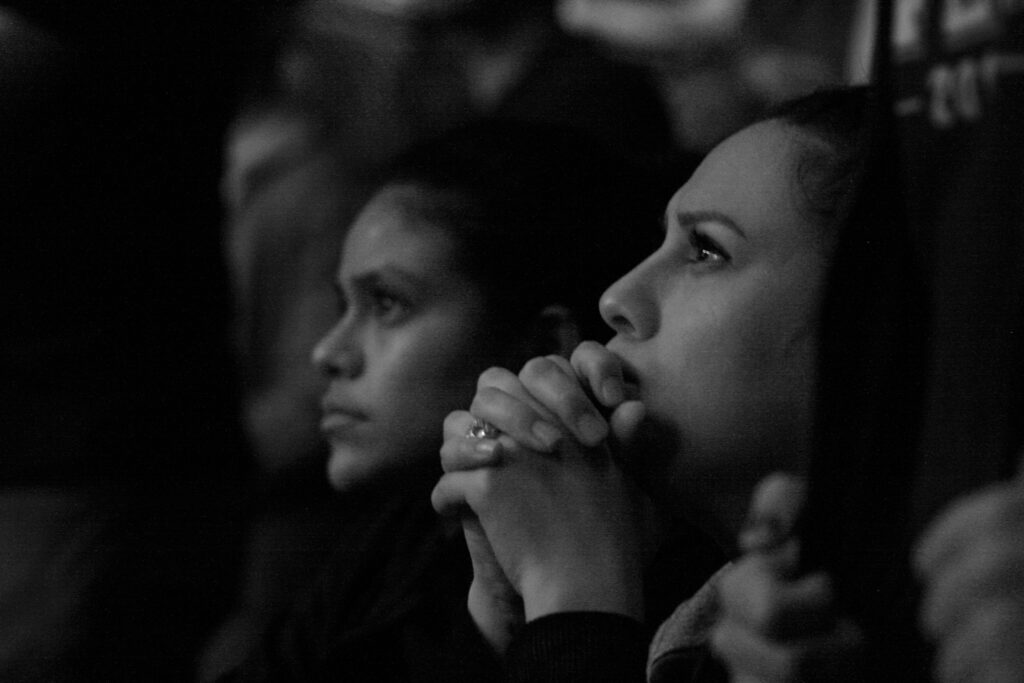Apartment Leadership
Today, we celebrate the 4th of July in America, which resonates with the spirit of freedom and unity.
America is a beacon of hope; its vast and stunning landscapes and diverse communities are a testament to resilience and innovation.
For the Multifamily Collective Community, this day underscores our shared commitment to serving humans who touch the housing space in some way, shape, or form. From visionary city planners to developers to the onsite teams who run the day-to-day.
The American dream lives in every apartment we develop, every family we serve, and every community we uplift.
As we enjoy the fireworks and festivities, let’s remember the past, cherish the present, and look forward to a future of endless possibilities.
America’s greatness lies in its ability to dream big and achieve even bigger.
Share this:
Lead by Example: The Secret to Transformative Leadership
Effective leadership drives opportunity and success.
Leaders who embody the values they preach inspire their teams.
Open communication builds trust.
It also fosters collaboration.
Team members feel valued.
And motivated.
When leaders lead by example, the entire organization benefits.
Great leaders don’t just tell you what to do; they walk beside you.
Share this:
Embracing Change in Leadership: Navigating the Paradox of Desire and Action

Photo by Ross Findon on Unsplash
The contrast between ‘Who Wants Change?’ and ‘Who Wants to Change?’ presents a profound paradox. This dichotomy captures the essence of leadership challenges and underscores the pivotal role of effective listening in navigating change.
The Paradox of Desire and Action in Change
At the crux of this problem lies human nature’s intrinsic resistance to change, juxtaposed against the desire for improvement and growth. ‘Who Wants Change?’ is a rhetorical question highlighting the universal yearning for progress, innovation, and betterment. This question resonates across the multifamily leadership space, where the constant pursuit of excellence, team member engagement, resident satisfaction, and market competitiveness reign supreme.
However, the transition from desiring change to implementing it is where the challenge intensifies. ‘Who Wants to Change?’ poses a more daunting inquiry, probing the willingness to embrace the discomfort and uncertainty accompanying transformation. It calls for introspection and accountability, urging leaders to step beyond aspirations and venture into tangible action.
The Role of Listening in Leading Change
Effective listening is crucial in bridging the gap between these two questions. In the context of leadership, where diverse perspectives and complex dynamics exist, active listening is paramount to the act of hearing. It involves understanding, empathizing, and assimilating various viewpoints to forge a shared vision of change.
Leaders adept at listening can decipher their teams’ underlying concerns and aspirations. This skill enables them to tailor change initiatives that are strategic and resonate with their organization’s collective ethos. By fostering a culture of open communication, leaders can help lower the vail of change, aligning individual goals with organizational objectives.
Transforming Desire into Action
The transformation from desire to action in the context of change is a journey of strategic planning, persistent effort, and adaptable leadership. It begins with clearly articulating the desired transformation, breaking the grand vision into attainable milestones. This clarity in communication is pivotal, as it aligns the team’s efforts and fosters a sense of shared purpose.
Implementing change also demands resilience and flexibility. Leaders must be prepared to navigate unforeseen challenges and adjust strategies as needed. This adaptive approach ensures the sustainability of change initiatives and reinforces the team’s confidence in their leadership.
The Impact of Listening on Multifamily Leadership
In leadership, where the stakes involve not just properties but the lives and well-being of communities, the impact of effective listening is profound. Leaders who listen can better anticipate market trends, understand tenant needs, and foster a work environment that values innovation and collaboration. Such leadership drives organizational success and contributes to the broader goal of enhancing the quality of life in multifamily communities.
Share this:
Five-Dimensional Goal Setting: A Leader’s Guide to Balancing Faith, Family, Fitness, Finance, and Fulfillment

Photo by Markus Winkler on Unsplash
The art of listening plays a pivotal role in nurturing and guiding those you lead. As leaders, setting goals in faith, family, fitness, finance, and fulfillment is a powerful tool for modeling a holistic approach to life that resonates with all humans. Make it your goal to set some goals today.
Faith – In leadership, faith transcends religious beliefs; it’s about cultivating trust in something bigger than yourself, your team, and the organization’s broader vision. Setting goals involves creating a culture of faith and ethical behavior. Leaders should exemplify integrity and inspire their group to commit to shared values and objectives.
Family – Whether biological or chosen, family forms the backbone of our support system. For leaders, balancing work and family life is a testament to effective time management and prioritization. By openly valuing family, leaders set a precedent for their team, encouraging them to seek a healthy work-life balance boosting morale and productivity.
Fitness – Physical fitness is often a reflection of mental resilience. A human who sets and meets fitness goals demonstrates discipline and commitment. This aspect of goal setting promotes health and fosters a culture of perseverance and endurance in facing challenges.
Finance – Financial acumen is crucial in the multifamily space. Setting personal financial goals and transparently managing the organization’s finances creates a sense of responsibility and accountability. It also showcases a personal and professional commitment to sustainability and growth.
Fulfillment – Lastly, the pursuit of fulfillment, often overlooked, is vital. This involves setting goals that align with your passion and purpose. For leaders, this means engaging in activities that enrich the bottom line and the soul. It’s about making a difference in the lives of the people and the communities you serve.
Leaders teaching the value of listening must understand that it’s not just about hearing words; it’s about comprehending the aspirations, fears, and motivations of those they lead. By setting goals in these five dimensions, leaders can demonstrate a holistic approach to life that speaks volumes, encouraging their teams to strive for balance and excellence in all aspects of life.
Share this:
Empathetic Leadership in Multifamily: Mastering Active Listening and Team Dynamics

Photo by Eric Mok on Unsplash
The cornerstone of any successful project lies not just in financial acumen or market knowledge but deeply rooted in the human-centric approach of empathetic leadership. For multifamily leaders and business professionals, compassionate leadership transcends traditional management styles, weaving a fabric of understanding, active listening, and appreciation of diverse perspectives. Let’s dive into the profound impact of such leadership in the multifamily space, emphasizing how it shapes team dynamics and fosters a collaborative environment conducive to project success.
The Essence of Empathetic Leadership in Multifamily
At its core, empathetic leadership in multifamily is about understanding and genuinely relating to the feelings, thoughts, and experiences of others. It is a form of leadership that goes beyond mere transactional interactions and delves into transformational relationships. For multifamily leaders, this means not just directing or overseeing but becoming catalysts for positive change, inspiration, and motivation for their teams.
Cultivating Active Listening: A Pillar of Empathy
Active listening stands as a fundamental pillar of empathetic leadership. It involves fully concentrating, understanding, responding, and remembering what is said. In the context of multifamily, it translates to a leader’s ability to truly hear what their colleagues and stakeholders express, not just in words but through non-verbal cues and emotional undertones. Active listening fosters an environment where all voices are heard, respected, and valued, leading to more inclusive and well-rounded decision-making processes.
Understanding Team Dynamics and Diverse Perspectives
Multifamily property management often involves a kaleidoscope of professionals, from designers and architects to lenders and marketers. Each member brings their unique perspective, background, and expertise. Empathetic leadership requires an understanding and appreciation of these diverse viewpoints. It’s about creating a synergy where different ideas and opinions are harmoniously integrated, leading to innovative solutions and better team performance.
Emotional Intelligence: The Compass of Empathetic Leadership
Emotional intelligence is the compass guiding empathetic leaders. It involves self-awareness, self-regulation, motivation, empathy, and social skills. In multifamily leadership, emotional intelligence translates to leaders being aware of their own emotions and how they affect others, managing those emotions effectively, motivating themselves and their teams, understanding and sharing the feelings of others, and building strong interpersonal relationships.
Conflict Resolution through Empathetic Engagement
Conflict is inevitable in any project, but how these conflicts are managed sets empathetic leaders apart. By understanding the underlying emotions and perspectives driving conflicts, compassionate leaders can navigate these challenging waters gracefully and effectively, turning potential roadblocks into opportunities for growth and understanding.
Empathetic Communication: Beyond Words
Communication in the realm of empathetic leadership goes beyond mere words. It encompasses tone, body language, and the ability to convey respect and understanding. In multifamily leadership, this means what is communicated and how it is communicated, which is crucial in maintaining a positive, collaborative atmosphere.
The Ripple Effect of Empathetic Leadership
The impact of empathetic leadership extends far beyond the confines of individual projects. It creates a ripple effect, fostering a culture of mutual respect, understanding, and collaboration. This culture enhances project outcomes and creates a more positive, engaging, and fulfilling work environment. As multifamily leaders adopt and refine their empathetic leadership skills, they become beacons of inspiration, driving their teams and projects toward unparalleled success.
Share this:
- Page 1
- Page 2
- Page 3
- Interim pages omitted …
- Page 68
- Go to Next Page »

